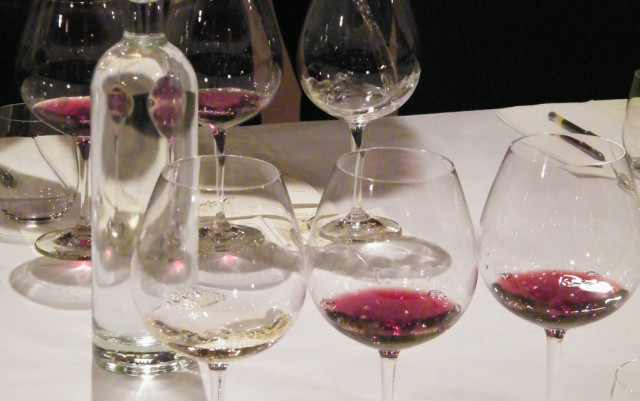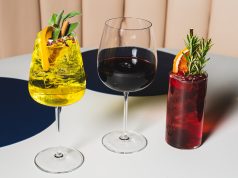
This first wine is a fighter; he’s loud. The second wine is pensive; she has a dark side.” As I led a recent seminar, one of the participants offered these tasting notes while comparing two wines.
We were exploring pinot noir from California and France. I offered more typical descriptions to highlight the differences — dark, ripe cherries on the Sonoma example versus earthy, tart cherries on the one from Burgundy — and several students pushed back.
At least half the room admitted that they find tasting notes bewildering. Others acknowledged that they scoff at wine descriptors. Many confessed that such notes intimidate them.
At first, I defended the standard wine review. I collect wine, so I pay close attention to people whose palates are similar to mine, like Eric Asimov of the New York Times. And I read reviews from critics like Stephen Tanzer and Antonio Galloni of Vinous to glean information about a wine’s general flavor profile. With chardonnay, for example, I’m interested in wines that are high in acid and offer aromas of tart citrus fruits. I’m rarely excited by a heavy chardonnay with notes of ripe tropical fruits, butter and oak. Basic descriptors like these help describe a wine and its style.
But I could sympathize with my students. Communicating effectively about wine shouldn’t demand an encyclopedic knowledge of rare fruits and bizarre aromas; after all, wine is just fermented grape juice. Thanks to mass-market wine magazines, however, we’ve come to expect gobbledygook.
In my seminar, the student who personified the two pinot noirs was joking. But after quickly reflecting on the notes, I praised his creativity and urged all my students to follow his lead.
After all, the descriptions were spot-on. Full of rich, ripe fruit and oak, the Sonoma pinot noir was a bruiser. If it were a person, he would always be the loudest in the room — and a liability at the bar. The Burgundy, by contrast, was graceful. If it were a person, she’d spend her days studying poetry — and offer a mischievous grin to admirers.
At the very least, descriptions like these are just as valuable as laundry lists of obscure aromas.
Imagine, for a moment, if I offered you a glass of either Dom Perignon or Krug, two of the world’s top Champagnes. If I compared the former to Natalie Portman and the latter to Scarlett Johansson, you’d know what to expect: Dom Perignon’s beauty is in its elegance; Krug is more of an opulent bombshell.
Likening wine to art also works. My favorite Beaujolais isn’t enjoyable because it smells like strawberries and plums: it’s enjoyable because it’s like a Bruce Springsteen concert — exhilarating, spiritual and deeply emotional, with a finish that just keeps going. Experiences also work. My favorite Champagne brings me back to the winemaker’s small hotel in Avize, France, where I once spent a magical evening.
Wine enthusiasts are inevitably asked if we can truly detect crazy aromas in our wine. Those who answer affirmatively then find themselves explaining why they care so deeply about a beverage that smells like tar, wet leaves, black pepper and blueberries. The truth, of course, is that those aromas have nothing to do with why we love wine. Perhaps it’s time to change the way we talk about it.
David White is the founder and editor of Terroirist.com. His columns are housed at Grape Collective.














